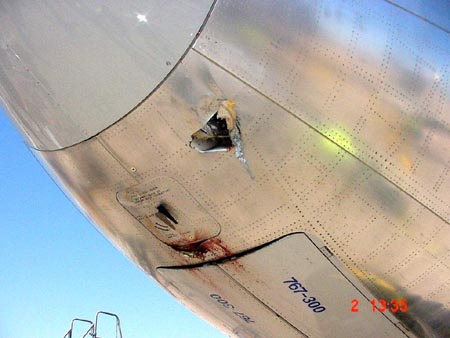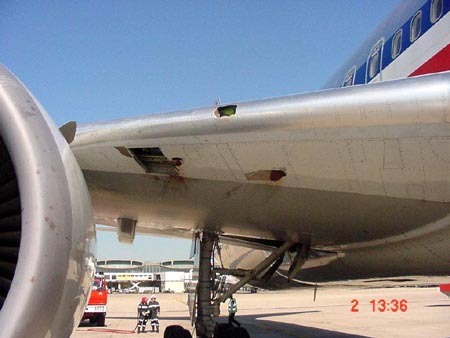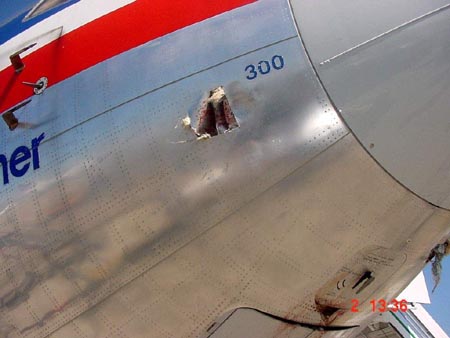So you think this raw footage:
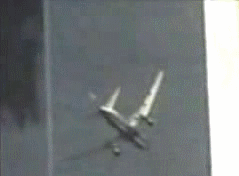
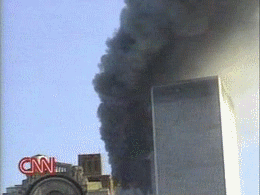
Is a digital fake.
It's very interesting to me how someone can make the leap from "that looks impossible", to "it is impossible", and do this entirely on the evidence of their visceral reaction to some video. "Looks fake" immediately jumps to "is fake".
Yet the explanation that is proposed to explain it seems vastly more unreasonable than the "official story". Even though a plane did hit the building (as witness by thousands of people, and many videos and photos, not to mention the large plane-shaped hole, and the plane parts scattered around), somehow this particular video looks strange, so must have been a digital fake.
Yes, it looks strange. EVERYONE AGREES IT LOOKS STRANGE.
But to leap from there to "it's fake" and to boldly state along the way "you really don't need an expert knowledge of physics to understand this. Just look at it with your own eyes. It's a joke. ", well, that's an argument from personal incredulity, and nothing else.
The problem is one of scale. The plane is big. The building is big, yet constructed with little mass on the exterior skin. You've not seen a plane hit a building before. So naturally you won't be able to predict what is going to happen. Pretty much whatever happens is going to look strange.
What do you thing SHOULD have happened in that video?
Please just answer that. If you can't tell what should have happened, then how do you know what DID happen is fake?


Is a digital fake.
It's very interesting to me how someone can make the leap from "that looks impossible", to "it is impossible", and do this entirely on the evidence of their visceral reaction to some video. "Looks fake" immediately jumps to "is fake".
Yet the explanation that is proposed to explain it seems vastly more unreasonable than the "official story". Even though a plane did hit the building (as witness by thousands of people, and many videos and photos, not to mention the large plane-shaped hole, and the plane parts scattered around), somehow this particular video looks strange, so must have been a digital fake.
Yes, it looks strange. EVERYONE AGREES IT LOOKS STRANGE.
But to leap from there to "it's fake" and to boldly state along the way "you really don't need an expert knowledge of physics to understand this. Just look at it with your own eyes. It's a joke. ", well, that's an argument from personal incredulity, and nothing else.
The problem is one of scale. The plane is big. The building is big, yet constructed with little mass on the exterior skin. You've not seen a plane hit a building before. So naturally you won't be able to predict what is going to happen. Pretty much whatever happens is going to look strange.
What do you thing SHOULD have happened in that video?
Please just answer that. If you can't tell what should have happened, then how do you know what DID happen is fake?
Last edited:

